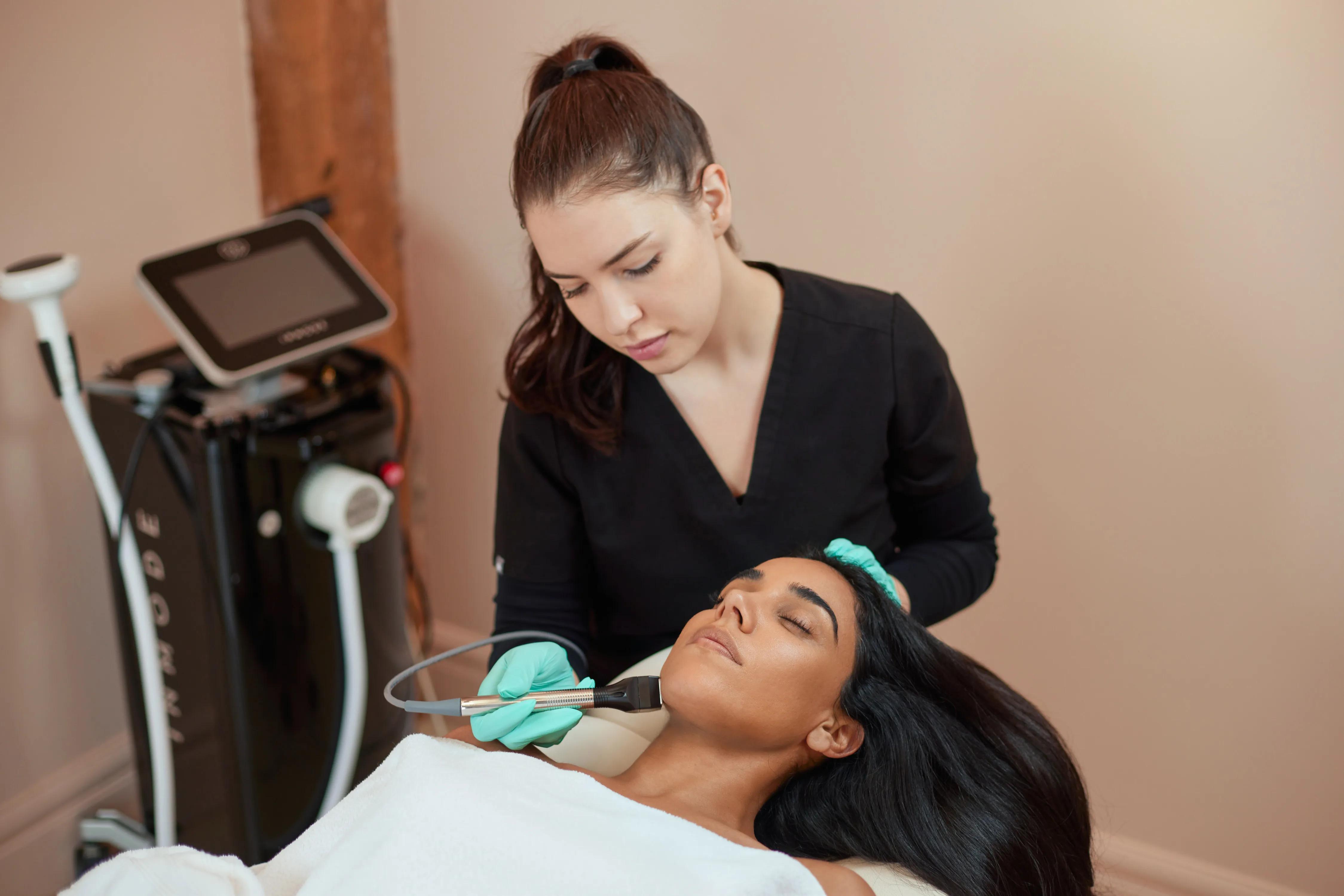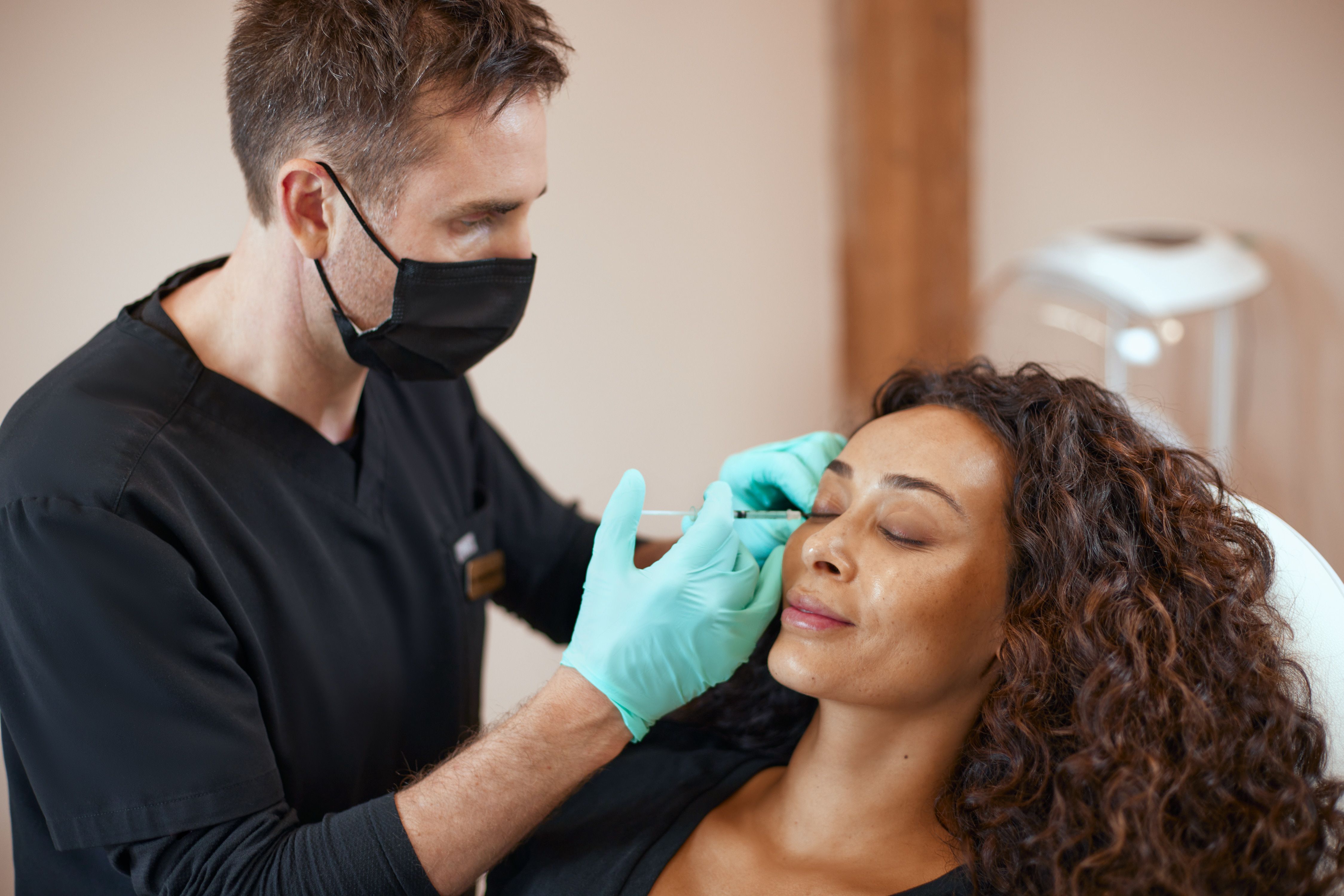Skin sagging
Loose or sagging skin is not the first, but one of the most prominent, signs of aging that occurs when our skin loses collagen and elasticity. Most people start to experience skin sagging, loosening or laxity between the ages of 35 and 40 and often find this quite traumatic, as it appears to have happened overnight. There is hope for those struggling with jowls, double chins and sagging cheeks.

What causes skin sagging?
Skin sagging is primarily caused by the natural aging process. As we age, our skin undergoes various changes, including the loss of collagen and elastin, which are responsible for the skin's elasticity and firmness. Additionally, facial muscles weaken, fat volume decreases, and bone mass decreases over time. The combination of these factors, along with the effects of gravity, leads to skin sagging.
What are the best treatments for sagging skin?
Several effective treatments can help improve sagging skin and promote a more lifted and youthful appearance. The best treatments for sagging skin include:
- Morpheus8: Morpheus8 is a non-surgical fractional radiofrequency microneedling device that stimulates collagen and elastin production. It helps tighten and firm the skin, improving sagging and overall skin texture.
- Forma: Forma is a non-invasive radiofrequency treatment that heats the deep layers of the skin, promoting collagen production and tightening loose skin. It can be used to target areas of sagging skin on the face and body.
- Micro-needling: Micro-needling, or collagen induction therapy, involves creating controlled micro-injuries in the skin using fine needles. This stimulates collagen and elastin production, which helps tighten and firm the skin.
- Fractional resurfacing: Fractional resurfacing treatments, such as fractional CO2 lasers or erbium lasers, deliver targeted energy to the deeper layers of the skin, promoting collagen remodeling and tightening. They can improve skin laxity and sagging.
- Fillers: Dermal fillers, often made with hyaluronic acid, can be strategically injected to restore lost volume and provide lift to sagging areas. They can improve the appearance of sagging cheeks, nasolabial folds, and marionette lines.
- Home care: Consistent home care is crucial for maintaining the results of professional treatments. Using skincare products with ingredients like retinoids, peptides, and antioxidants can support collagen production, improve skin elasticity, and help prevent further sagging.
It's important to consult with a dermatologist or aesthetic professional to determine the most suitable treatment options for your specific needs. They can assess your skin condition and recommend a personalized treatment plan to address sagging and achieve optimal results.
Treat Skin sagging with these












